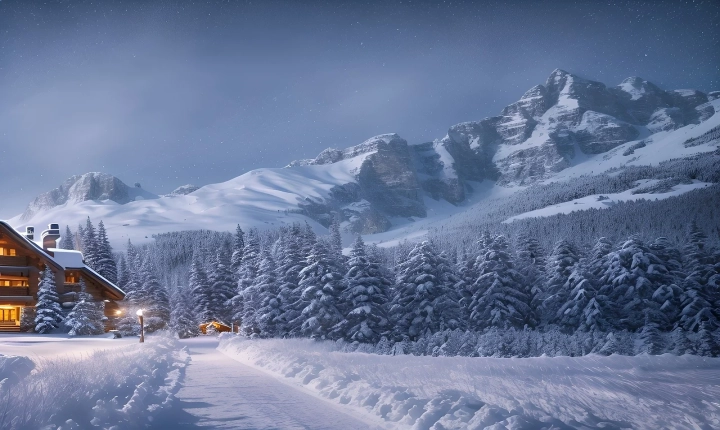Title: Unleashing Creativity: How to Use ChatGPT to Make Art
In the world of digital art, the use of AI and machine learning has revolutionized the way artists can create and ideate. One such powerful tool is OpenAI’s ChatGPT, a language model that can generate human-like text based on the input it receives. While ChatGPT is primarily known for its conversational abilities, it can also be utilized as an instrumental tool for creating art. In this article, we will explore the various ways in which artists can harness the potential of ChatGPT to amplify their creativity and produce captivating works of art.
1. Brainstorming and Ideation:
ChatGPT can be used to facilitate brainstorming and idea generation for art projects. By prompting the model with specific themes, colors, emotions, or concepts, artists can receive a myriad of suggestions and prompts that can serve as inspiration for their next masterpiece. Whether seeking new concepts for a painting, sculpture, or digital artwork, ChatGPT can help artists navigate through creative blocks and ignite their imagination.
2. Generating Poetry and Prose:
Art often draws inspiration from literature, and ChatGPT’s ability to generate poetry and prose can be a valuable resource for artists who wish to incorporate written elements into their visual creations. By inputting specific themes, moods, or topics, artists can receive beautifully crafted language that can be used as a poetic backdrop or narrative component in their art pieces.
3. Color and Composition Suggestions:
ChatGPT can also assist artists in determining color palettes and composition ideas for their artworks. By describing the mood, setting, or concept of their piece, artists can receive suggestions for color combinations, spatial arrangements, and visual elements that can enhance the overall impact of their work.
4. Collaborative Art Projects:
In a unique approach, artists can engage ChatGPT as a collaborative partner in the creation of art. By sharing the development process and preliminary sketches with the model, artists can receive feedback, suggestions, and alternative perspectives that can push the boundaries of their creativity and contribute to a truly collaborative art piece.
5. Exploring Unconventional Perspectives:
ChatGPT can be a catalyst for artists to explore unconventional or abstract concepts that challenge traditional artistic norms. By engaging in a dialogue with the model and exploring surreal or avant-garde ideas, artists can push their creative boundaries and delve into uncharted territories of artistic expression.
6. Storytelling Through Visuals:
Art and storytelling often intersect, and ChatGPT can contribute to the narrative aspect of art by generating story prompts, character descriptions, and plot ideas that can be visually translated into compelling artworks. This fusion of language and visual art can result in captivating pieces that captivate viewers through both their imagery and accompanying narratives.
7. Creating Interactive Art Installations:
With the help of ChatGPT, artists can conceive and develop interactive art installations that incorporate elements of language, human interaction, and artificial intelligence. By utilizing the model to generate dialogue, instructions, or responses, artists can create immersive experiences that blur the boundaries between art, technology, and human engagement.
As the boundaries between technology and creativity continue to blur, tools like ChatGPT are reshaping the landscape of artistic expression. By leveraging the capabilities of this language model, artists can transcend conventional methods of creation and venture into a realm of boundless imagination and innovation. Whether seeking inspiration, conceptual guidance, or collaborative input, ChatGPT offers artists a compelling avenue to harness the power of AI in their artistic endeavors. The fusion of human creativity and machine intelligence holds the potential to unlock new frontiers in the world of art, paving the way for groundbreaking and transformative expressions of visual storytelling.
